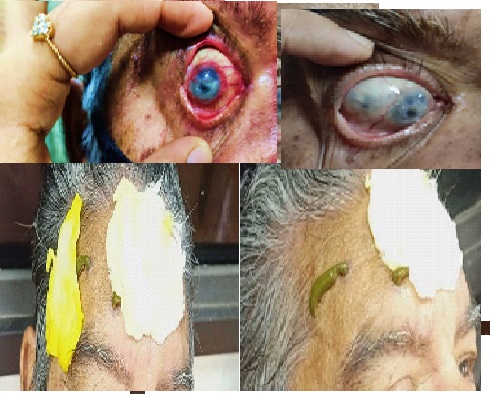Critical Analysis of Endophthalmitis in Ayurvedic View and Management of its Associated Symptoms Through Ayurveda - A Case Report
Abstract
Endophthalmitis is a sight threatening inflammatory disorder of the eye which affects the uveal tissue, retina, vitreous, anterior chamber and posterior chamber. It occurs as a result of endogenous or exogenous spread of infecting organisms to the eye. The most commonly seen exogenous form of endophthalmitis are post-operative infection following intra ocular surgery and as a complication of perforated injury to infected corneal ulcer. Out of the infected corneal ulcer mycotic form is the most common variety. In severe conditions of endophthalmitis vision cannot be regained. Further management to control the infection is evisceration or enucleation. In Ayurveda there is similar condition which explained in two contexts. One is Paktya sukla in the context of Krishnagata roga and the other is Akshipakatyaya in the context of Sarvakshiroga. Pakatya sukla can be considered as exogenous origin of endophthalmitis due infected corneal ulcer and Akshipakatyaya as endogenous or systemic origin of endophthalmitis. Generally, the condition is considered as Asadhya but in the initial stages if it is not associated with severe pain the condition can be managed symptomatically with guarded visual prognosis. In this article the same concept is explored along with the details of a diagnosed case of endophthalmitis presented in regular OPD with associated pain, redness, discharge and photophobia. Diagnosed the case as Pakatyaya sukla and managed with drugs and procedures having Pitha samana, Rakta Prasadana properties and application of Jalooka. With the treatment duration of 15 days the associated symptoms resolved completely.
Downloads

Copyright (c) 2021 International Journal of Ayurveda and Pharma Research

This work is licensed under a Creative Commons Attribution-NonCommercial-ShareAlike 4.0 International License.






